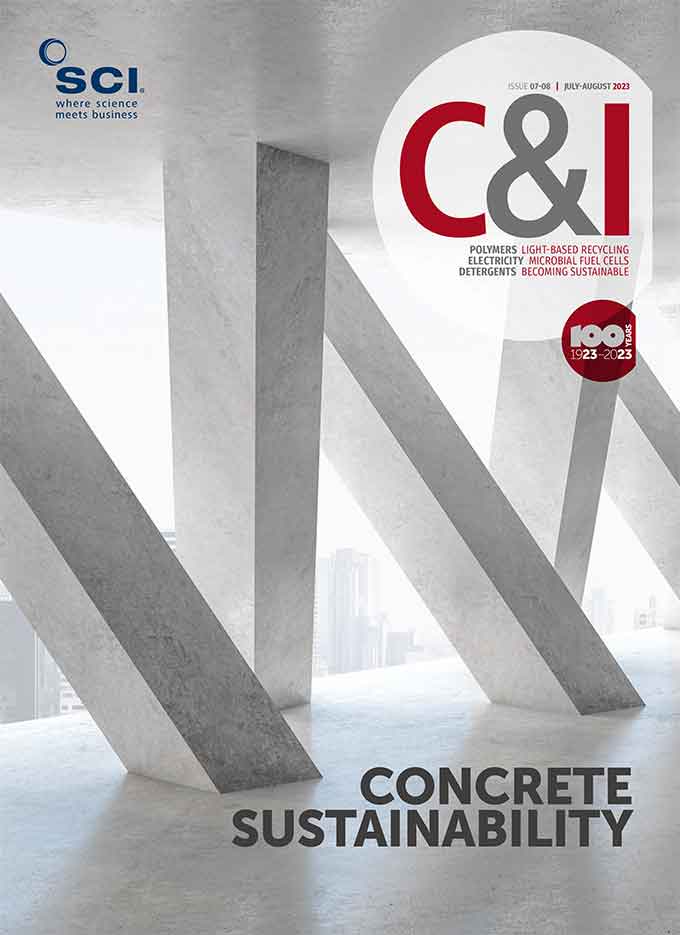Jacklin Kwan
Graphene was first isolated at the University of Manchester, UK, in 2004, where it was heralded as the next ‘wonder material’.
With very high thermal and electrical conductivity, electron mobility and tensile strength in its portfolio of excellent material properties, graphene made headlines as a material that could revolutionise everything from computing to construction.
Almost two decades later, improvements in the synthesis, refinement and characterisation of commercial graphene may mean that the material is finally beginning to see its day in the sun.
Much of the initial hype around graphene in 2004 was tempered by industrial realities. The manufacturing of high-quality graphene was not scalable at the time, making it costly to develop graphene products.
‘There were no, or very few, demonstrable technologies that could be scaled,’ says John Whittaker, Engineering Director of the Graphene Engineering Innovation Centre in Manchester. ‘But what’s happened now is that the market has managed to make graphenes in bulk. We can actually do it by the tonne,’ he says.

The Graphene Engineering Innovation Centre (GEIC) Credit: The University of Manchester
Athough graphene refers to the hexagonal single-layer lattice of carbon atoms, industrially produced graphene products are typically grouped by different morphologies. After years of research, many of these morphologies have been better characterised by research bodies such as the UK National Physical Laboratory against their potential industrial applications.
Whittaker gives the example of how monolayer graphenes can be used in electronics, while multilayer platelet graphenes are more appropriately applied when dispersed in polymer matrices.
Most graphene platelets are derived from graphite using a liquid-phase exfoliation process. Graphite is first crushed into a solvent and put into a centrifuge that inserts energy, such as ultrasonic waves. This sonication has the effect of shearing off layers of graphene. This mixture is then separated by platelet size and number of layers.
Creating stable dispersions of graphene platelets was also a major bottleneck preventing the commercialisation of the material. Graphene is typically sold in bulk in a powder form, which, when mixed into an aqueous or organic medium, has the tendency to re-agglomerate instead of forming a homogenous suspension.
Various techniques and stabilisers have developed over time. For instance, sonication is most commonly used to create stable graphene dispersions.
Such advances in the engineering of graphene and other 2D materials into polymers has also allowed graphene to be easily integrated into pre-existing aerospace and automotive production lines.
‘We can produce polymers with graphene-laden engineered components […] we now understand how to bring graphene into polymer matrices,’ Whittaker says, giving the example of Ford, which uses graphene in auto parts to reduce noise and improve mechanical properties such as lightness and heat endurance.
‘Ford has [graphene] in 5.8m vehicles now, and that’s just one example of how this emerging technology has been brought to market,’ he says.
Graphene has also found a home in sensor technology. It can be functionalised by doping it with ions. The material’s selectivity allows it to be used in gas detection systems. Biosensing products, such as rapid diagnostic devices, are also experimenting with graphene.
‘It took a long time for us to be able to purchase high-quality graphene,’ says Professor Sabine Szunerits, whose research at the University of Lille, France, focuses on nanostructures for biomedical applications. The inaccessibility ruled out companies that did not necessarily have clean rooms available to grow graphene themselves.
‘But now there are lots of companies in Europe and in the US that sell graphene on different platforms, like copper-nickel sheets,’ she says.
A few companies have also begun selling devices such as graphene field effect transistors that make the use of graphene more attractive to non-specialists. ‘You can just hook your electrode on and focus on the sensor itself,’ Szunerits says.
Gathering pace, the potential of graphene in industry has still yet to be fully realised. One major consideration for companies is the end-of-life processing of graphene products, says Whittaker: ‘It’s all part of the same life cycle. We know how to have the beginning of the supply chain, but what do we do with the end product?’





